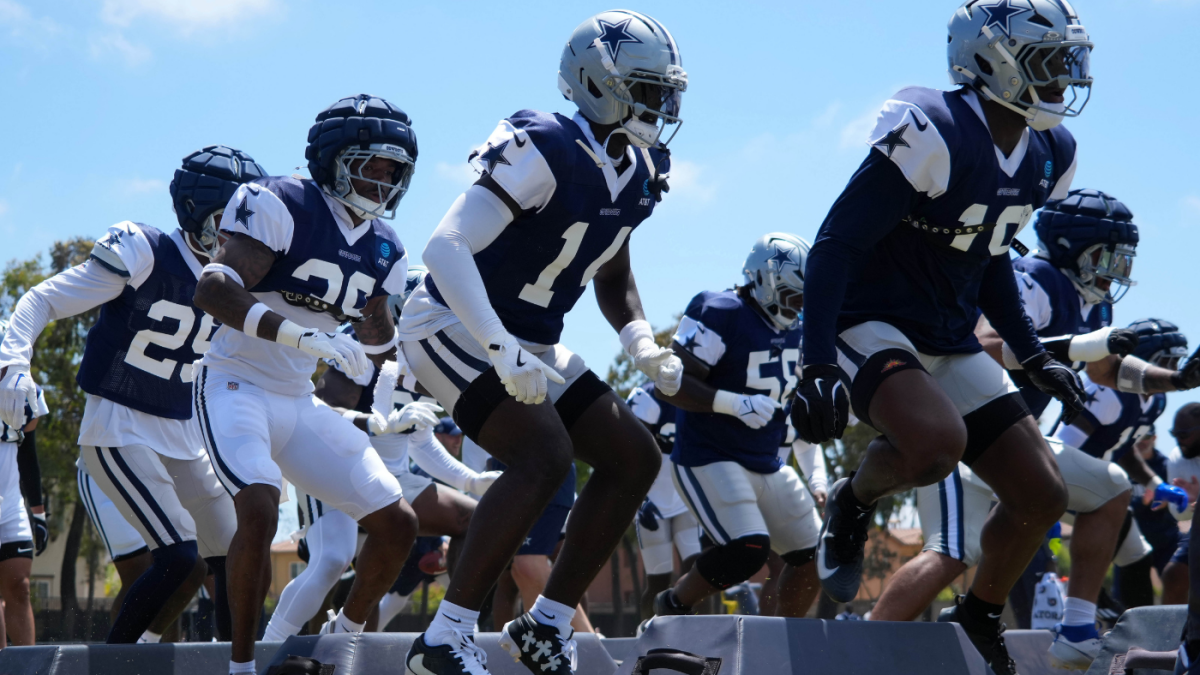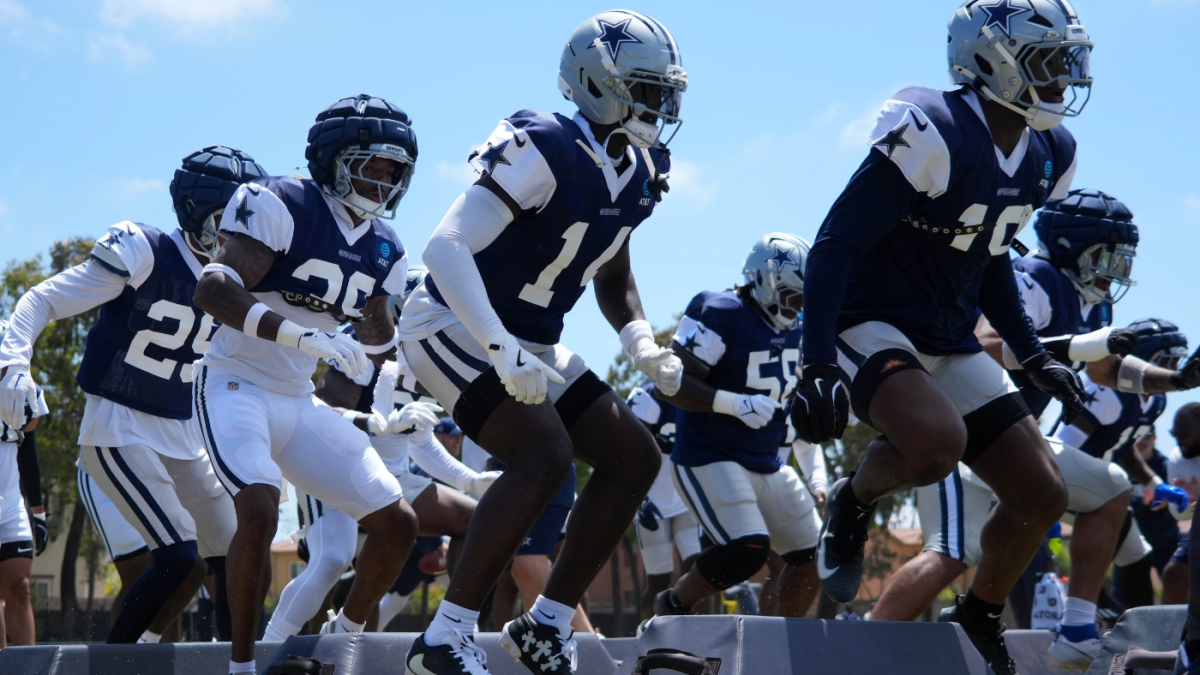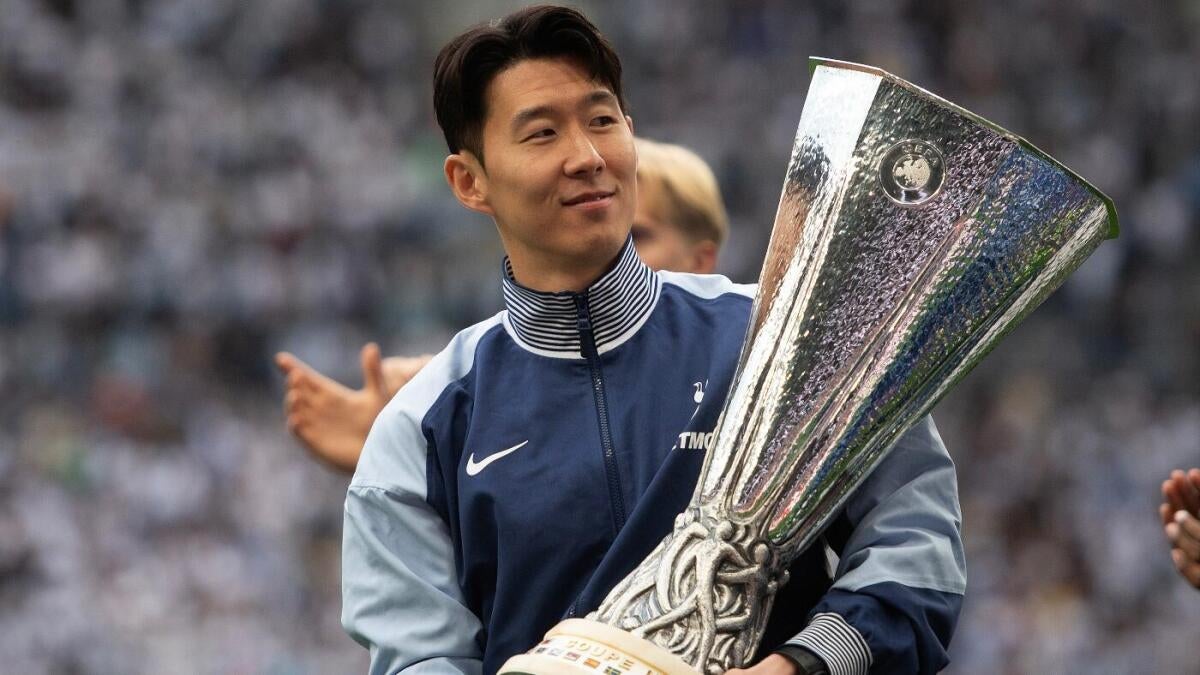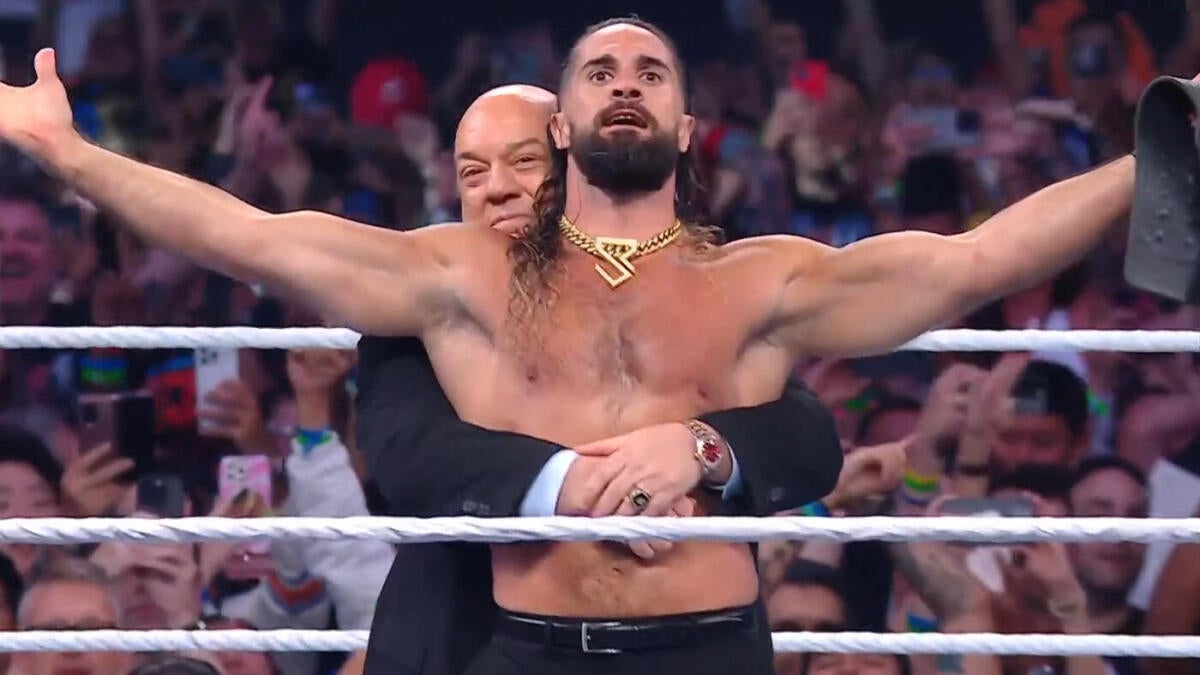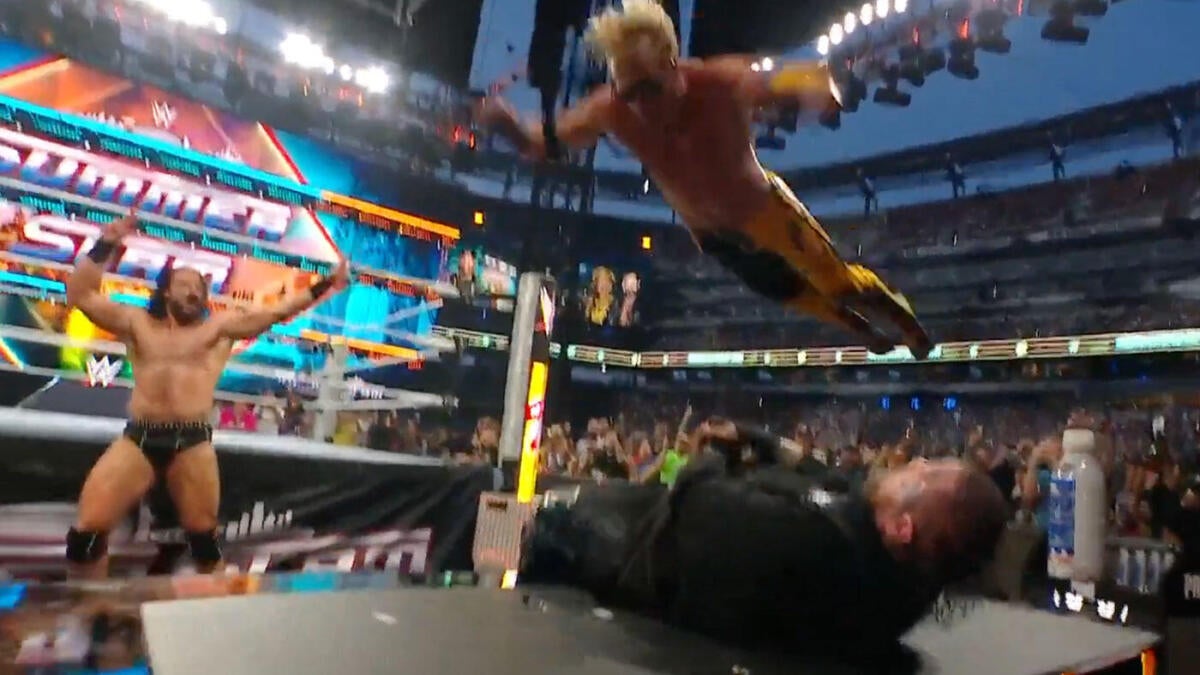The Schottenheimer Effect: Discipline and Dynamics in the Cowboys’ Training Camp
A Crucible of Conflict and Control
Training camp is a microcosm of the NFL season, a pressure cooker where raw talent is refined into a cohesive unit. This year’s Dallas Cowboys training camp in Oxnard, California, has been a vivid example of both the potential and the pitfalls of this process. The early days of camp have been marked by heated exchanges, leading new offensive coordinator Brian Schottenheimer to implement old-school disciplinary measures. The incidents, the response, and the potential impact on the team’s trajectory reveal a complex interplay of discipline, dynamics, and the delicate balance between control and camaraderie.
A Boiling Point in Oxnard
The Cowboys’ training camp has been anything but tranquil. Reports indicate that multiple fights erupted during practices, particularly within the competitive red-zone drills. These scuffles weren’t minor pushes or shoves; they were full-fledged altercations that required coaches and teammates to physically separate the involved players. The frequency and intensity of these incidents clearly crossed a line, prompting Schottenheimer to intervene decisively.
The red-zone drills, designed to simulate high-pressure game situations, became a battleground for personal pride and competitive spirit. Players, vying for starting positions and seeking to prove their worth, clashed in a display of raw emotion and unchecked aggression. The incidents were not isolated but rather a symptom of a broader issue within the team dynamic.
Schottenheimer’s Response: A Blast from the Past
In response to the escalating aggression, Schottenheimer halted practice and ordered the entire team, including coaches, to run sprints. This type of disciplinary action is reminiscent of older, more traditional coaching styles, a stark contrast to the often player-friendly environments cultivated in modern football. It’s a clear signal that Schottenheimer intends to instill a sense of accountability and discipline within the team.
The sprints served as a physical and mental reset, a way to channel the team’s energy into a collective effort rather than individual conflicts. Schottenheimer’s decision to include the coaching staff in the punishment underscored the message that discipline is a shared responsibility, not just a player issue. Additionally, Schottenheimer ejected a player from practice for throwing a punch, demonstrating that actions have consequences and that the team’s culture will not tolerate violence.
Player Reactions: Praise and Perspective
Interestingly, Schottenheimer’s disciplinary action seems to have resonated positively with at least some of the team’s key players. This suggests that, despite the initial shock of the punishment, players understood the need for maintaining order and preventing the escalation of conflicts. Their support underscores the idea that players themselves recognize the importance of discipline in achieving team goals.
Veteran players, in particular, have expressed appreciation for Schottenheimer’s approach. They understand that discipline is not about stifling competition but about channeling it in a productive direction. The younger players, too, have responded well to the clear expectations and consistent enforcement of rules. The positive reactions indicate that the team is beginning to coalesce around a shared sense of purpose and respect for the coaching staff’s authority.
The Broader Context: More Than Just Fights
The fights during training camp are symptoms of deeper dynamics within the team. Training camp is designed to push players to their limits, both physically and mentally, in preparation for the grueling demands of the regular season. Competition for starting positions, personal pride, and the sheer intensity of the practices can all contribute to heightened emotions.
Moreover, the Cowboys are under immense pressure to perform well this season, given their history and fanbase expectations. This pressure can intensify the competitive atmosphere and lead to friction among players. The team’s recent struggles and the high expectations for the upcoming season have created a volatile mix of ambition and anxiety, which has manifested in the on-field altercations.
The Potential Impact: Forging Unity or Fostering Resentment?
The long-term impact of Schottenheimer’s actions remains to be seen. On one hand, his decisive intervention could foster a stronger sense of unity and discipline within the team. By holding everyone accountable, he is emphasizing that individual actions have consequences and that team success depends on collective responsibility. This could lead to improved communication, mutual respect, and a greater commitment to shared goals.
On the other hand, there is a risk that Schottenheimer’s approach could breed resentment among some players. Public punishments can be demoralizing, especially for veterans who are accustomed to more autonomy. If players feel that they are being treated unfairly or that their concerns are not being heard, it could lead to disengagement and a decline in performance. It is crucial for Schottenheimer to balance his commitment to discipline with empathy and understanding, ensuring that players feel valued and respected.
The Road Ahead: Discipline and Dialogue
As the training camp progresses, it will be essential for Schottenheimer to continue to address the underlying causes of the conflicts. This could involve facilitating open communication between players, providing opportunities for conflict resolution, and reinforcing the importance of sportsmanship and respect. Furthermore, he needs to clearly articulate his expectations for player behavior and consistently enforce those expectations, demonstrating that discipline is not arbitrary but rather a fundamental aspect of the team’s culture.
Schottenheimer’s ability to foster a culture of respect and accountability will be critical in shaping the team’s trajectory. By encouraging open dialogue and addressing concerns proactively, he can help the players understand that discipline is not about control but about creating an environment where everyone can thrive. This approach will require patience, consistency, and a willingness to listen, but it will ultimately pay dividends in the form of a more cohesive and focused team.
Beyond Punishment: Building a Culture of Respect
Ultimately, the success of the Cowboys this season will depend not only on their physical talent but also on their ability to work together effectively as a team. While Schottenheimer’s initial response to the fights was necessary to regain control, it is only the first step in building a sustainable culture of discipline and respect. By fostering open communication, promoting mutual understanding, and reinforcing the importance of collective responsibility, Schottenheimer can help the Cowboys channel their competitive energy in a positive direction and achieve their full potential.
The Cowboys’ training camp has been a microcosm of the challenges and opportunities that lie ahead. The fights and the subsequent disciplinary actions have highlighted the need for a balanced approach to team dynamics. Schottenheimer’s ability to navigate this delicate balance will be crucial in shaping the team’s identity and performance. As the season progresses, the Cowboys will need to draw on the lessons learned in training camp to forge a path to success, both on and off the field. The Schottenheimer effect is not just about discipline; it’s about building a culture where every player feels valued, respected, and committed to the collective goal of winning.







